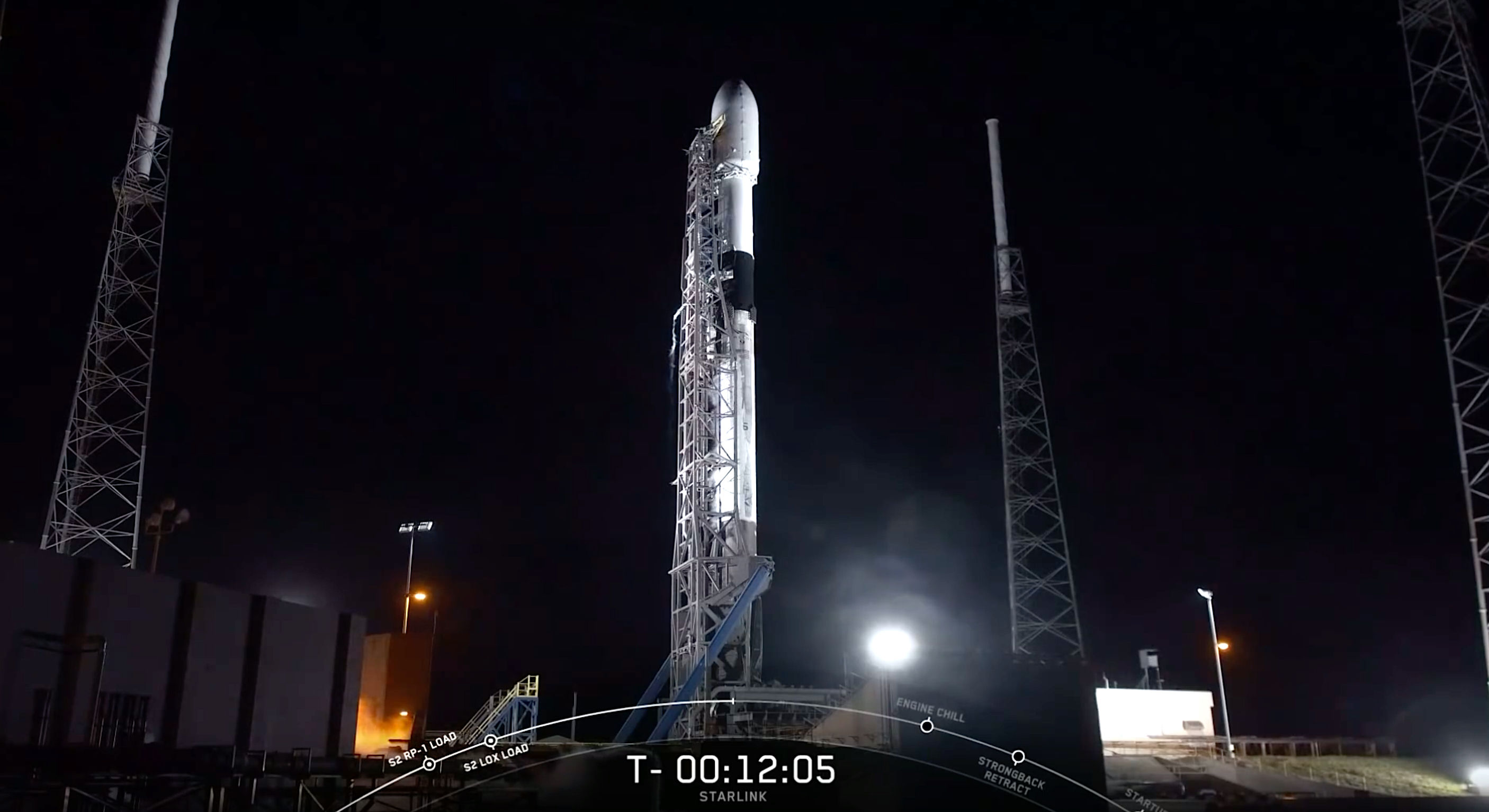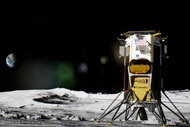Create a free profile to get unlimited access to exclusive videos, sweepstakes, and more!
SpaceX just launched 60 satellites, but astronomers say it’ll blur their space vision

Elon Musk’s vision for space-beamed internet for everyone may have run into a connection error with some astronomers, who are worried that SpaceX’s ambitious Starlink project will crowd an increasingly light-polluted sky and obscure the night sights (and the space dreams) of both budding and professional stargazers.
The first batch of Starlink satellites went into orbit just ahead of Memorial Day weekend, placing the first 60 of a planned 12,000 communication devices as part of Musk’s goal of delivering space-based internet services to pretty much any habitable location on Earth. But now that the first glimpses of Starlink’s sudden constellation of orbiters have revealed just how different the shining objects can make the night sky appear, not all sky watchers are happy.
Few astronomers argue with Musk’s internet ideal on its own merits — but some have begun voicing concern that the satellites themselves are capable of reflecting tons of sunlight at certain times of the night, complicating ground-based telescope readings and just plain changing the way the stars look to anyone who possesses even an amateur’s interest in the heavens.
Once the complaints started pouring in from some corners of the scientific community — spurred by the fresh sight of all 60 of the new orbiters marching across the skies in a single-file row — Musk used his social media presence to assure researchers that SpaceX is listening, and will team with pro astronomers to monitor how much light the satellites reflect as it tweaks Starlink’s orbiting patterns.
In addition to introducing streaking artifacts into the visible light spectrum that sight telescopes use, radio wave-based astronomy might also begin picking up more white noise thanks to the new array, reports Forbes. Starlink supposedly operates in the 10.7-12.7 GHz band that the skywatching community strives globally to protect from competing radio signals.
But, as one scientist told Forbes, the issue of more light pollution isn't what has him the most concerned. After all, there already are thousands of satellites hovering over the Earth, and the addition of 60 more — even if they’re brighter than most — isn’t inconceivable.
“I’m not so worried about astronomy per se,” explained Ronald Drimmel of Italy’s Turin Astrophysical Observatory. “I’m worried that what inspired me to become an astronomer is at risk.”
For now, the skies already are home to five-dozen new satellites, but many more — as many as 12,000 to fully round out Starlink’s internet-for-all mission — are planned. One astronomer explained that about 100 of the satellites in that scenario would likely be visible from the ground at any given time. Musk points out, though, that the skies have looked increasingly less pristine ever since the first man-made objects took up residence in Earth’s orbit.
Stargazers, does a 12,000-satellite armada have you concerned for the future of humankind’s ability to look to the heavens and dream? Let us know which you value more: To look at the same night skies our pre-technological ancestors did — or to continue beefing up the technological toolkit that promises, as ever, to keep evolving humanity beyond our species’ biological limits. Share your thoughts in the comments.













